Thinking Water 2020-2021
This report will summarize the findings of ACAP Saint John’s 2020 Open Waters project. Open Waters aims to assess the general water quality across streams in the Greater Saint John Area, including tributaries of the Wolastoq [St. John River (SJR)] and of the Saint John Harbour. This project is incredibly significant in a city with a long history of human and industrial uses and impacts on waterways. ACAP Saint John has collected over 28 years of water quality data across many sites in the Saint John region and this historic data has been incorporated into this report.
In 2020, 27 sites were analyzed and across the Greater Saint John area’s freshwater streams and estuaries. Based on the parameters measured, ten sites were in “Good” or “Excellent” condition as determined by the Canadian Council for the Ministers of Environment (CCME) water quality index calculations, seven sites were in “Fair” condition, nine sites were in “Marginal” condition, and one site was in “Poor” condition. Based on this Water Quality Index calculator we can infer that most sites across Saint John show a degree of impairment, whether it be occasionally (Fair) or always (Poor). The sites showing the most impairment are located in Marsh Creek, Newman’s Brook Downstream, Spruce Lake Stream, and Manawagonish Creek. E.Coli was the parameter that exceeded guidelines most often (higher average concentrations at 59 % of sites) with occasional exceedances of nutrients, dissolved oxygen, and temperature at some sites, as well. Though, generally speaking, the water of the Greater Saint John area is in good conditions or is only threatened some of the time, there is evidence of excessive nutrients and E.Coli present at many sites. This suggests that there is an influence of stormwater or sewer inputs in the system and these parameters should continue to be monitored across the Wolastoq, its tributaries, and the Saint John Harbour.
Fish community data is also reported herein and will indicate that there is a wide variety of species and abundant numbers sampled across the Saint John Harbour. This work is part of a larger monitoring program that will help identify baseline ecosystem status through various endpoints, including fish community richness and diversity. This is a preliminary reporting of this data and more analysis is to be completed in 2022.
